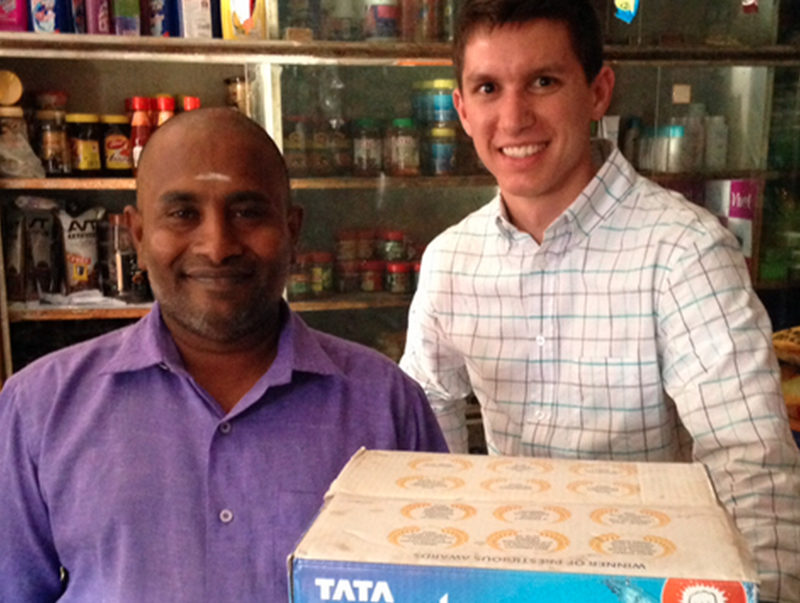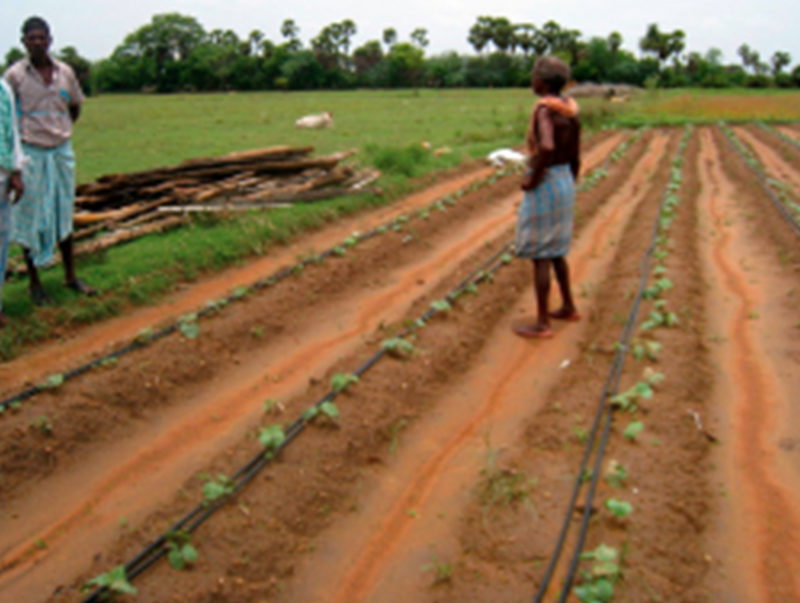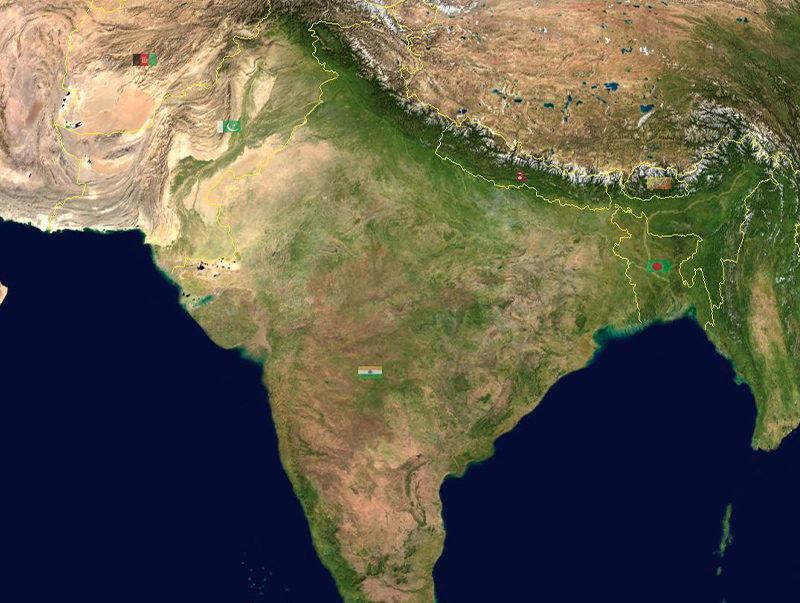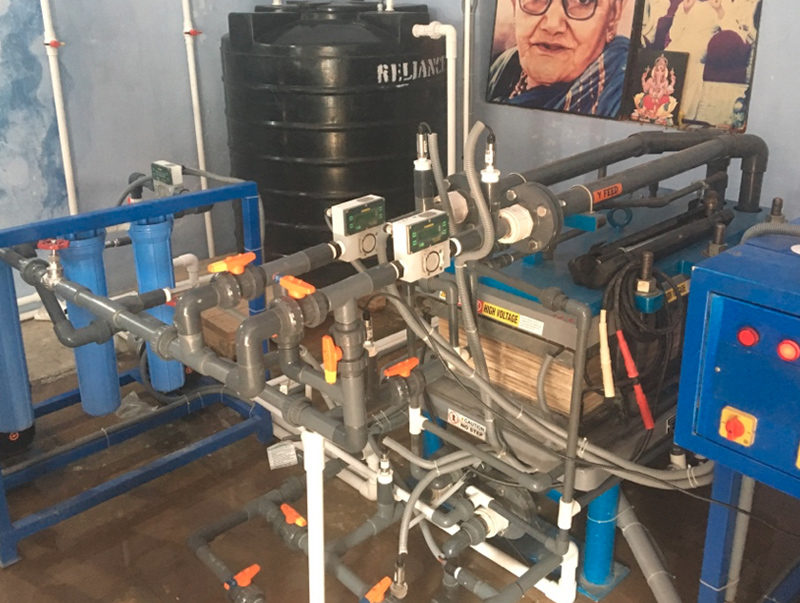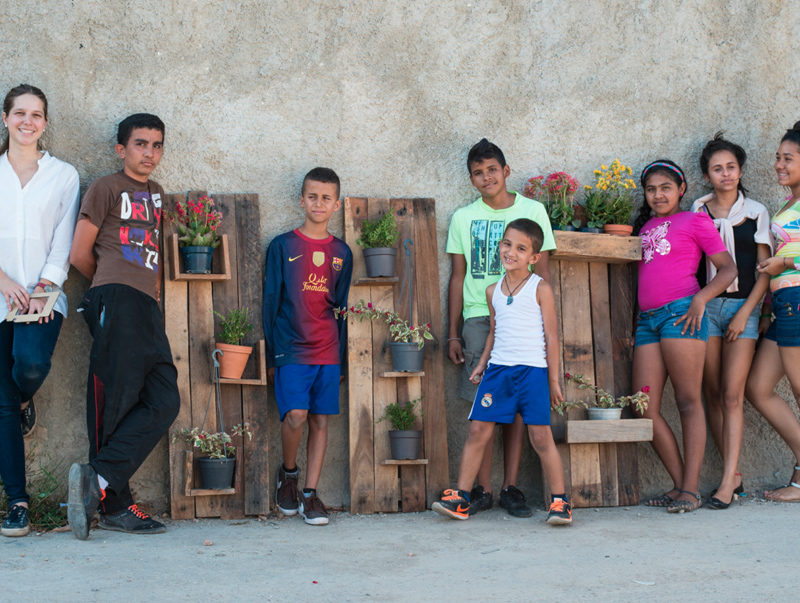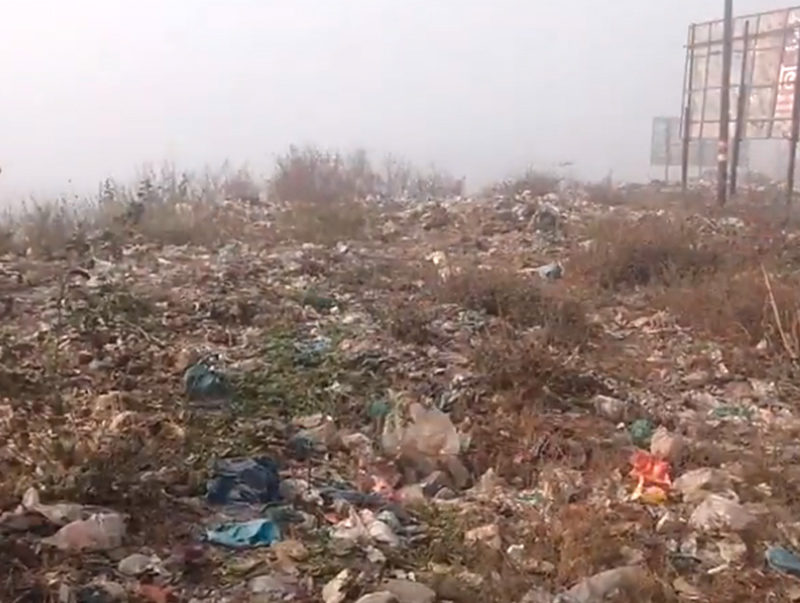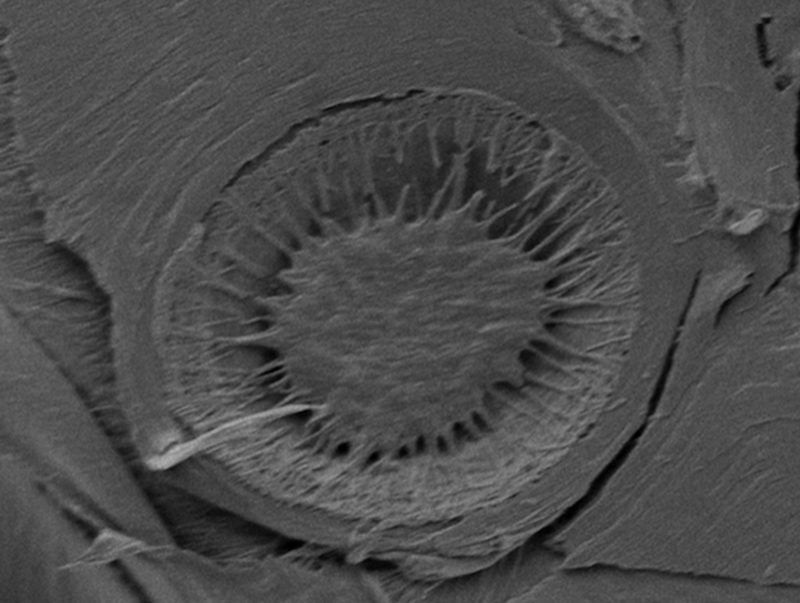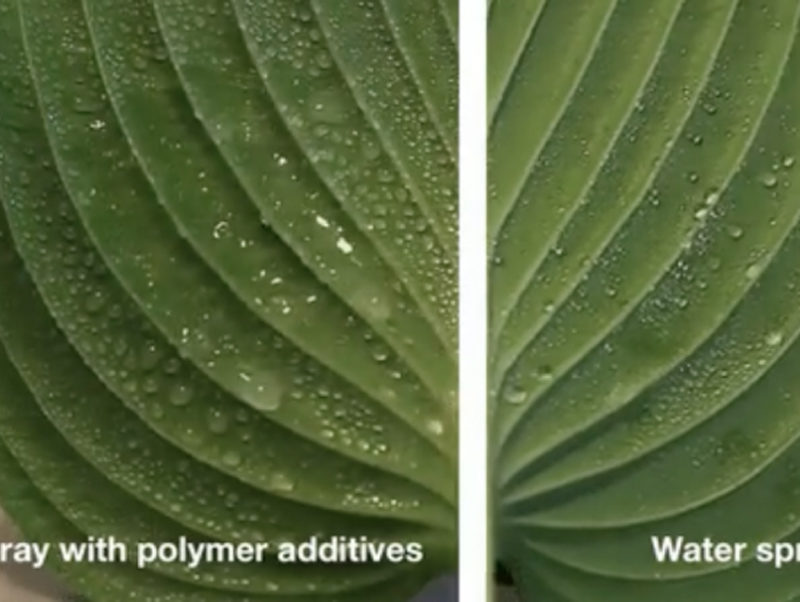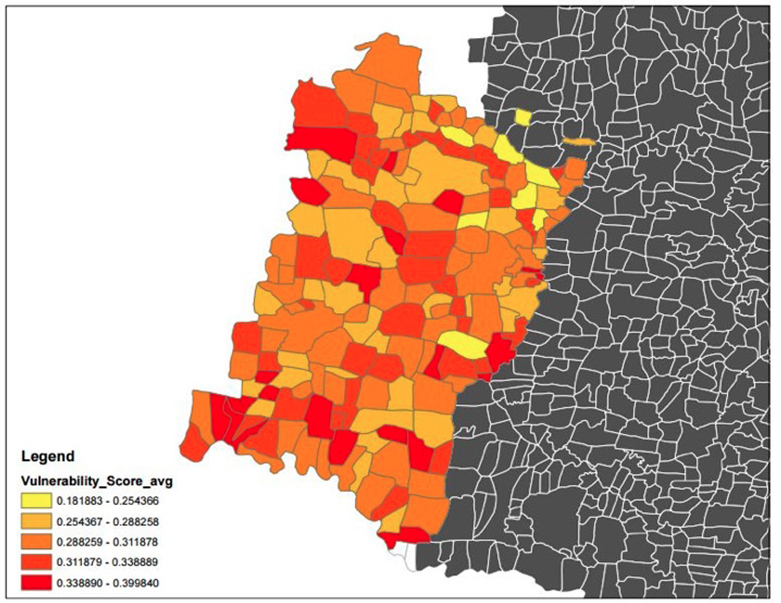
PROJECT DETAILS
- Focus Area Award, Water Past
- Faculty James Wescoat
- Fellow Paige Midstokke
- Mentor Michael Bono
Aurangabad district has experienced a five-year drought, exhausting much of its groundwater supply and short-term policy responses such as water tankers. The current protocol for rural villages experiencing water shortages is to wait until there is a problem and to then apply for government assistance. In order to reduce the $3,000,000 USD per year used on water tankers, and to produce longer term solutions to water shortages, it is crucial for the district to be given a way to anticipate shortages and understand village vulnerabilities.
By improving our understanding of the risks and vulnerabilities rural villages face, the water scarcity planning process can become more proactive and less reactionary, giving districts the ability to respond with longer-term solutions than the provision of tankers. In this project, an integrated regression model of groundwater prospect data, census data, rainfall data, and observation well data is used to assign vulnerability to villages in specific monsoon scenarios, giving districts insight into which villages require intervention before the peak dry season. This model of risk as a function of drought conditions and village social and geographic vulnerabilities will be incorporated into the planning process as a decision support tool that can provide a risk score in the presence of different conditions, such as depleted rainfall.
The model is developed as an autoregression time series model which takes into account both social factors for vulnerability as well as recharge structures and the physiology of the land and observation well data. Risk is a function of hazards, vulnerability, and policy mitigation and can be calculated with these variables to provide a risk score for prioritizing government interventions.



